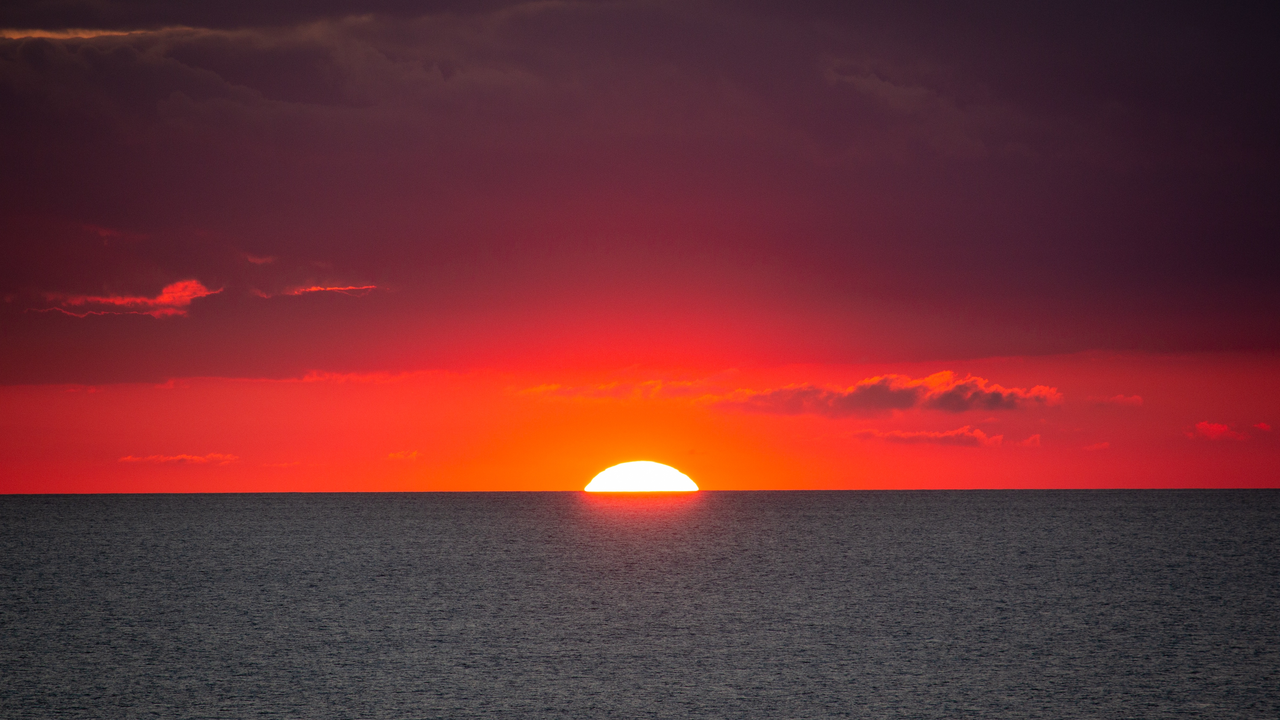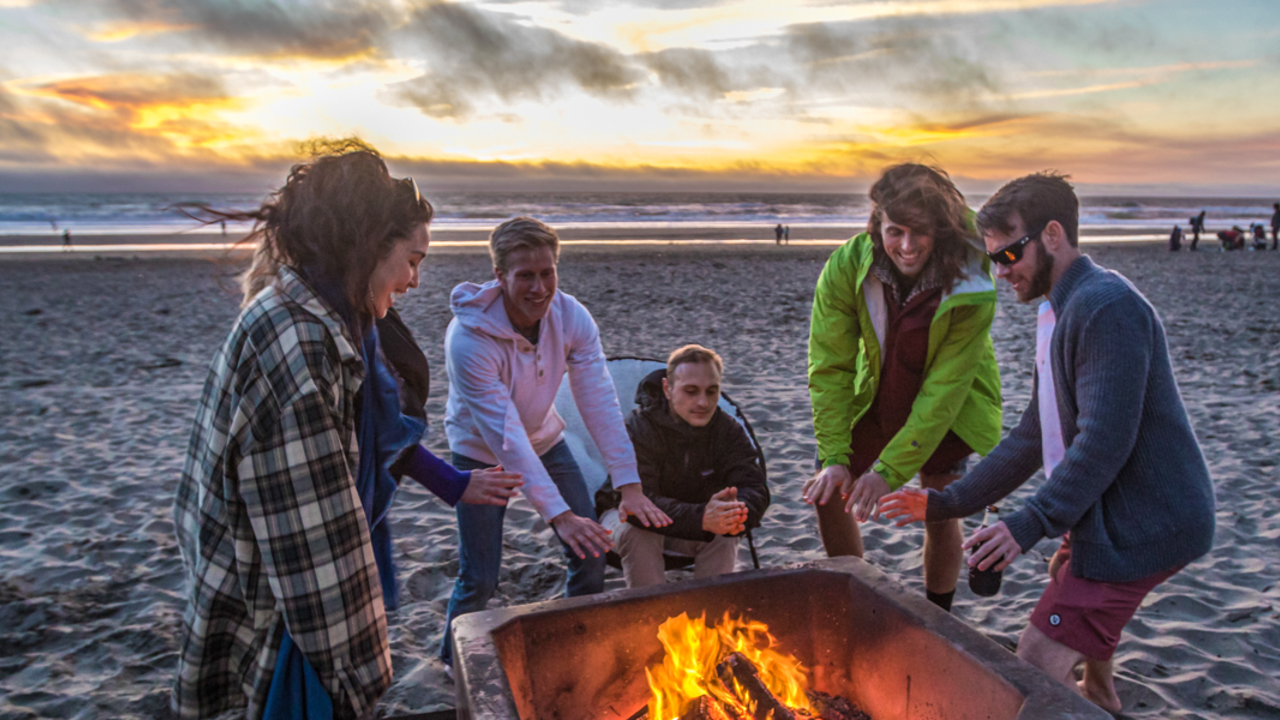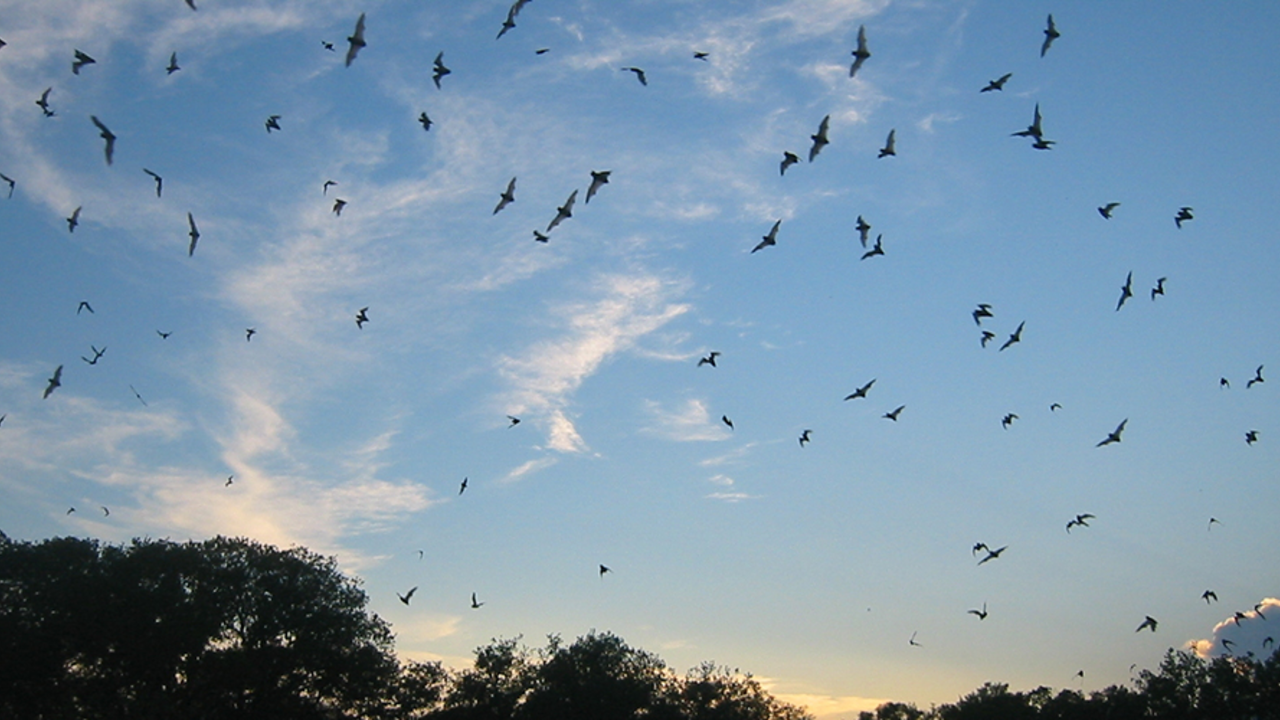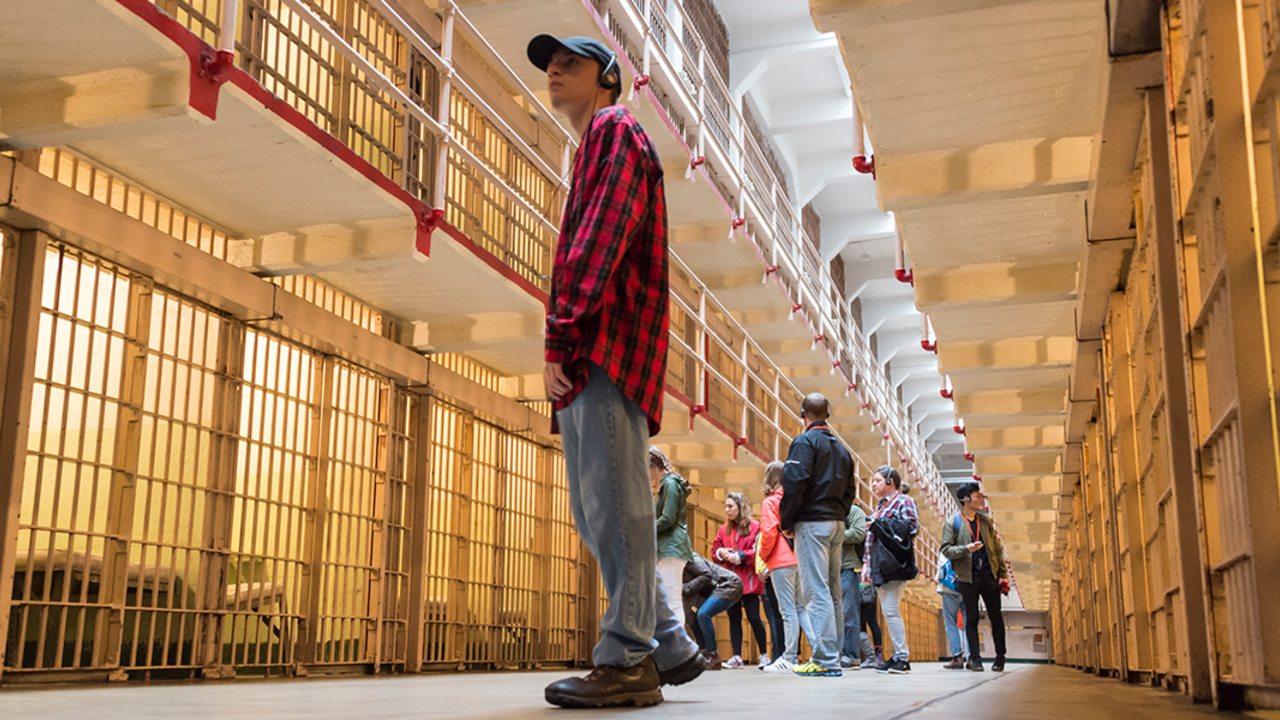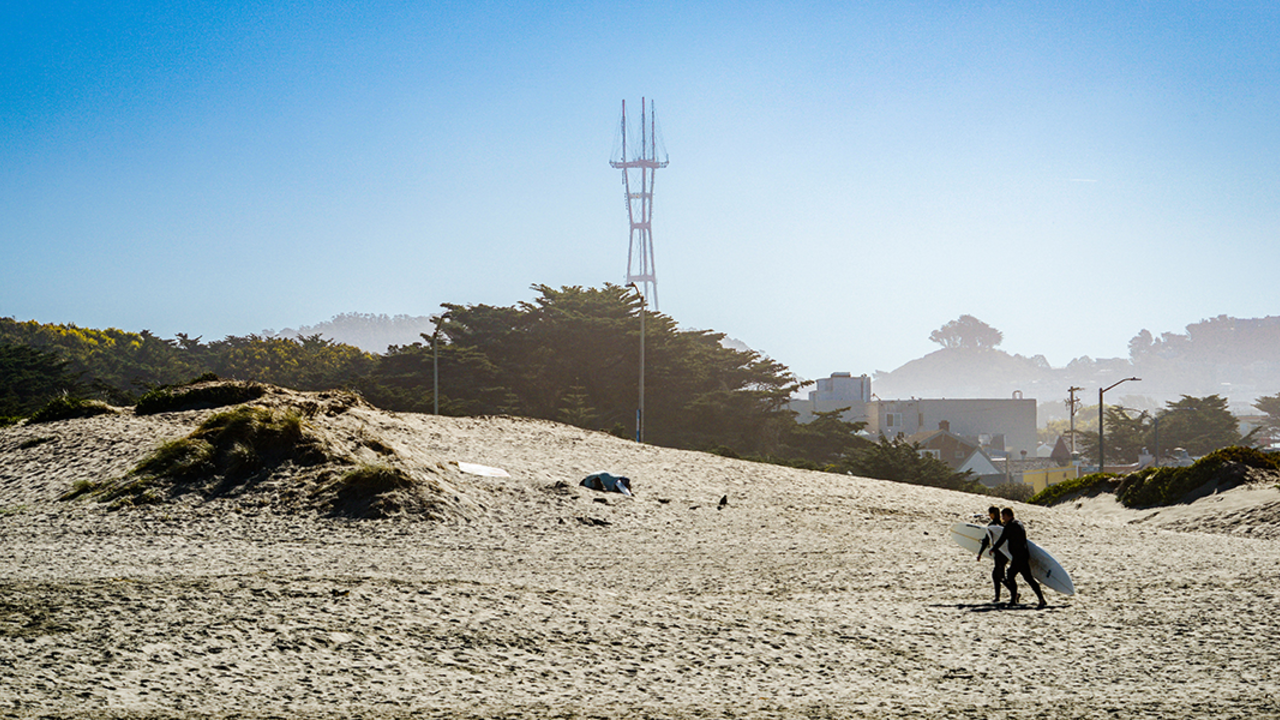When the sun sets, the skies above our parks illuminate with an ever-changing tapestry of planets, stars, constellations, and galaxies – many visible to the naked eye. If you know where to look, the GGNRA offers stargazers an endless well of magic to observe year-round.
The best way to start stargazing is to simply “look up!” according to Dan Smiley of the San Francisco Amateur Astronomers (SFAA). There’s no wrong way to observe the wonders of our known universe, but the farther you can get from city lights, the more stars you’ll see. Here are expert picks for parks with bright, expansive views of the night sky:
Places to Stargaze in the San Francisco Bay Area:
Tennessee Valley Trailhead
A winding road takes you from the glow of the urban environment to a more remote parking lot. This spot is ideal for stargazing because of its expansive sky views, plus there’s no hike necessary! Just park and gaze up at the universe above you.
Bolinas Ridge
Far from civilization and high above the sea, Bolinas Ridge offers open and sweeping views of the night sky – many of which are accessible right off Sir Francis Drake Blvd. and Highway 1.
Rancho Corral de Tierra
The amount of open sky at Rancho Corral de Tierra is second-to-none. Park at the Montara State Beach Parking Lot or take a short walk on the Farallon Trail and watch the night sky unfold above you.
Ocean Beach
Some stargazing spots are nestled right within city limits: Ocean Beach offers uninterrupted night sky views with the sound of crashing waves in the background.
The Presidio of San Francisco
The Presidio is an incredible stargazing spot once the sun goes down. SFAA hosts frequent stargazing events in the Presidio, allowing participants to peek through a high-level telescope and learn more about our night skies from skilled volunteers.
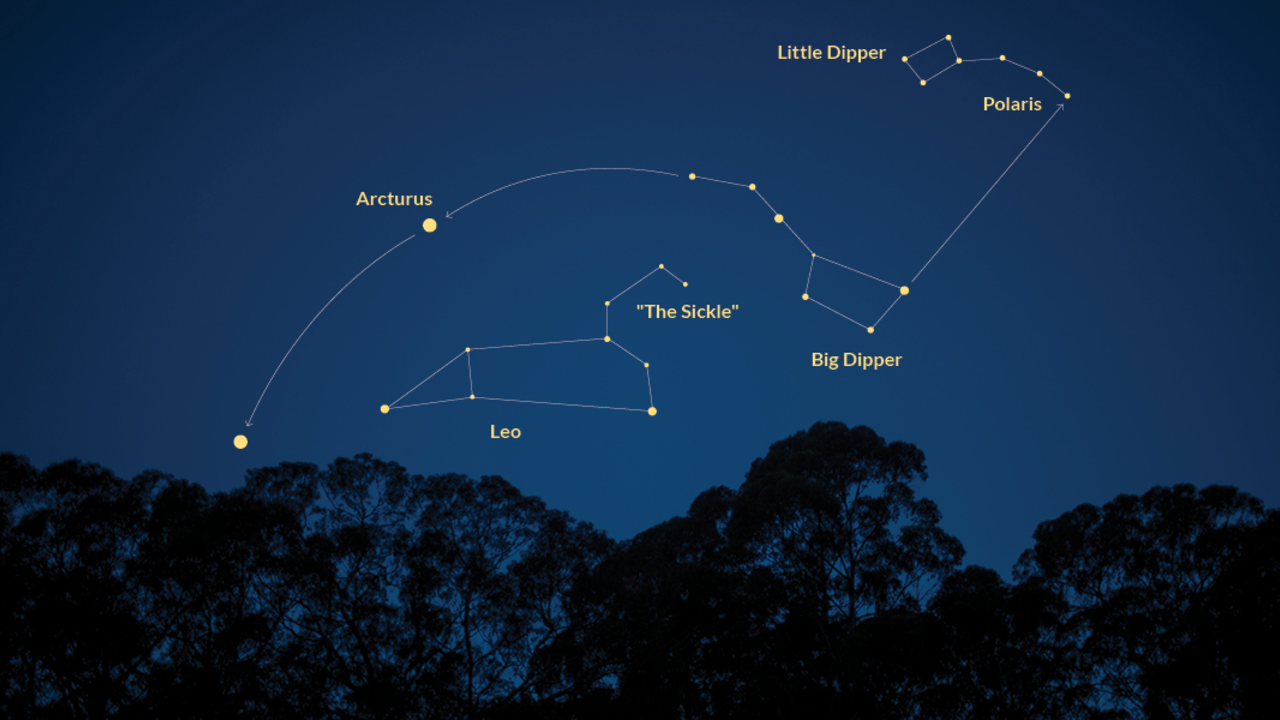
What to watch for:
In the late spring and summer months, stargazers can keep their eyes out for these constellations, asterisms, and stars: Leo (connected to the Sickle), the Big Dipper, Polaris, and Arcturus, the fourth largest star in our solar system with a yellow-ish hue.
Expert stargazing tips:
-
Bring a friend (or two!) with you to enjoy the views.
-
You don't need a telescope; binoculars can be a great tool for stargazing!
-
Check the weather, particularly the marine layer, before leaving.
-
Mind your step on dark trails.
-
Bring a red-light headlamp: It won’t impair your night vision but will allow you to see where you’re headed.
Do your part To Minimize Light pollution:
Light pollution is a problem for stargazers and our environment. Here are a few things you can do to minimize light pollution in your own home:
-
Put your lights on a timer or motion sensor.
-
Use warm-hue bulbs.
-
Turn off lights when they’re not in use.


